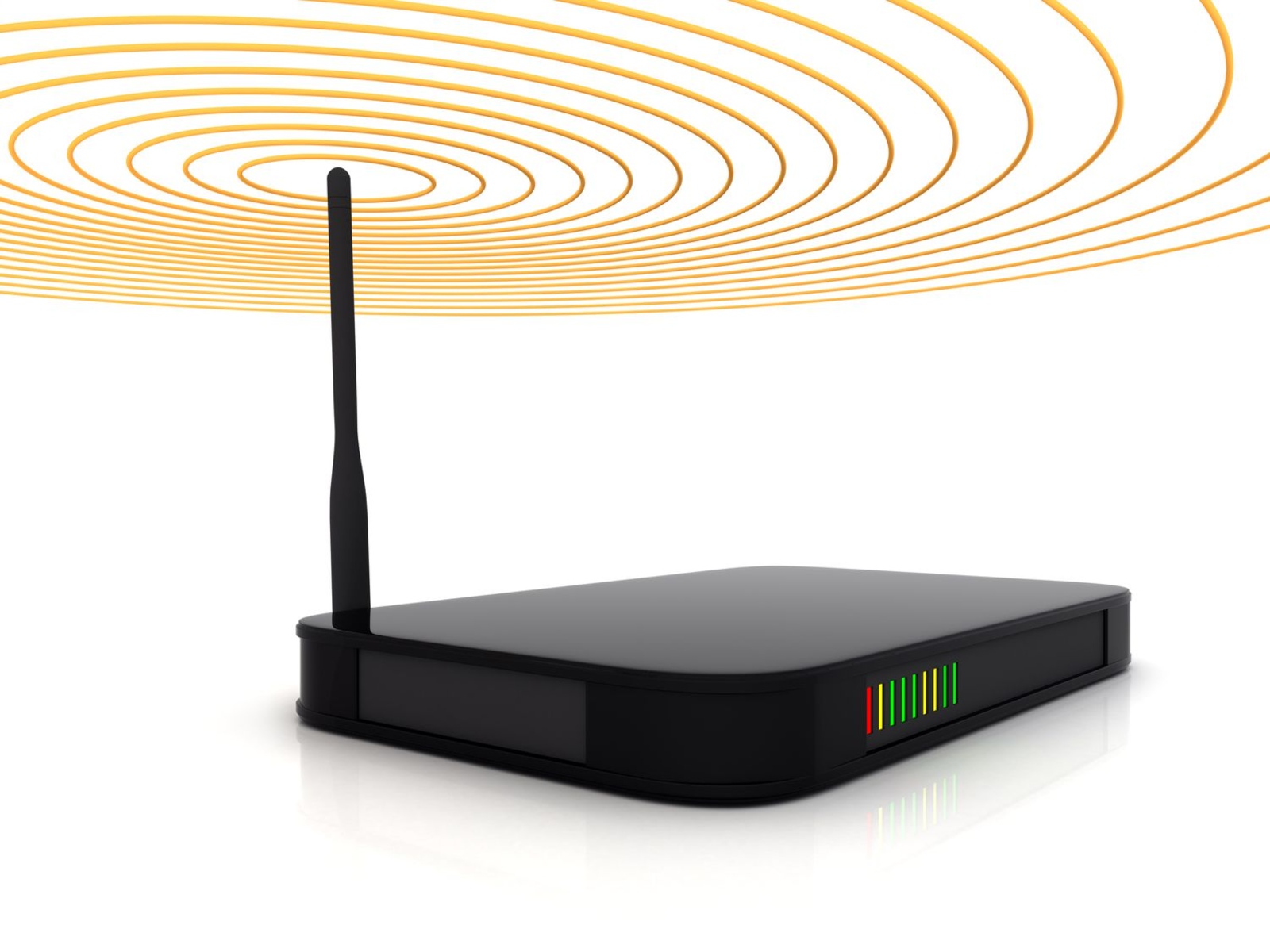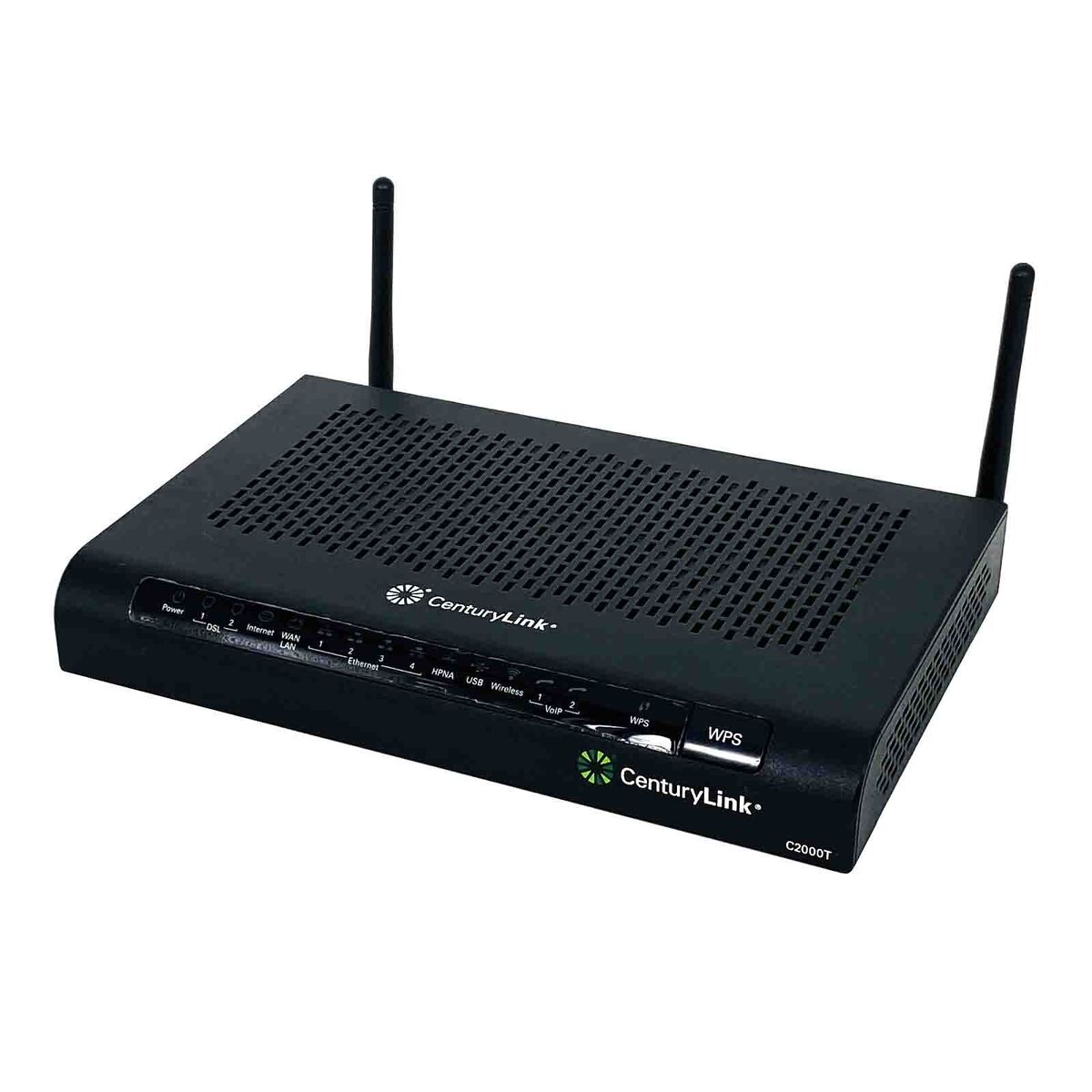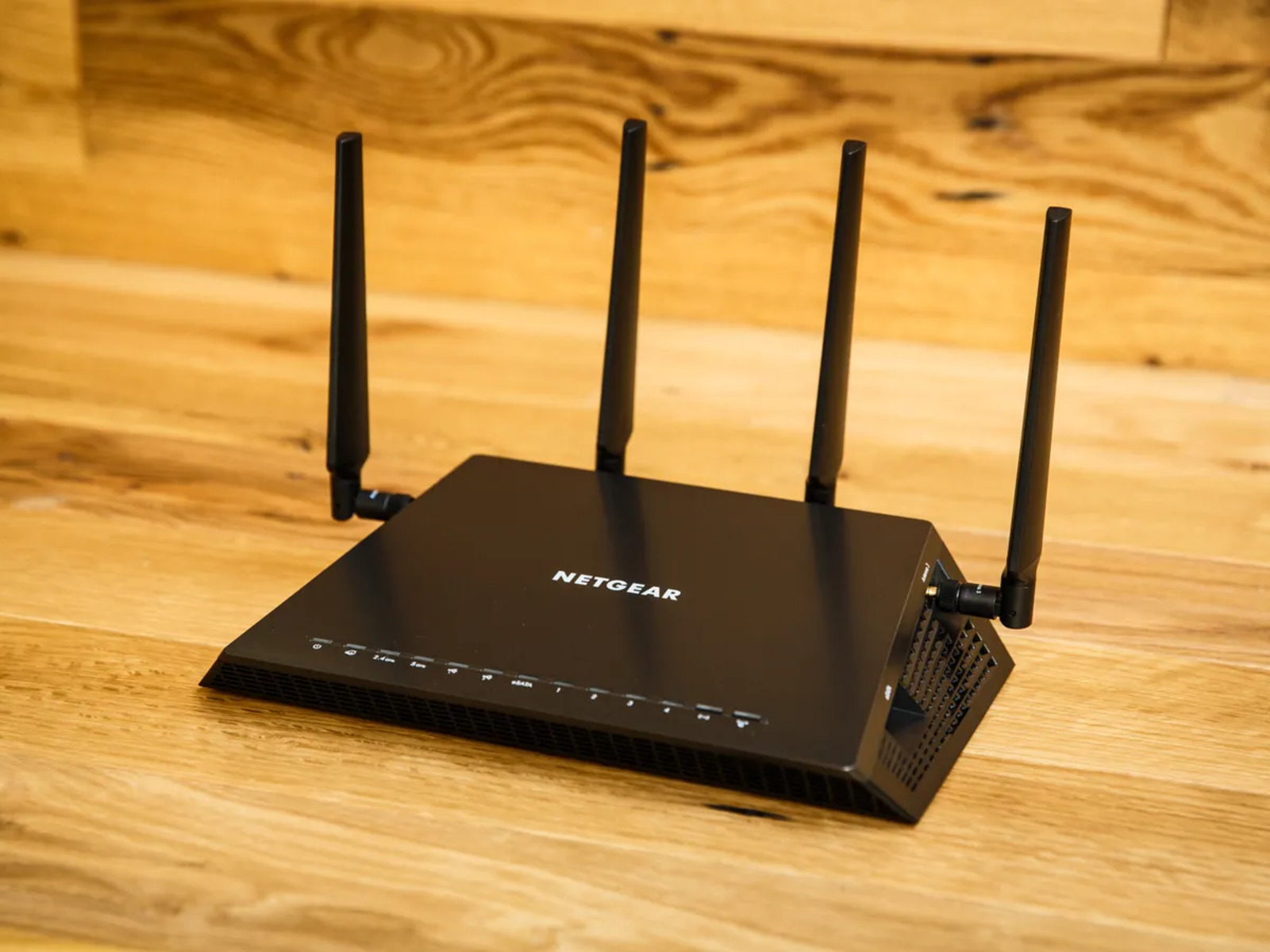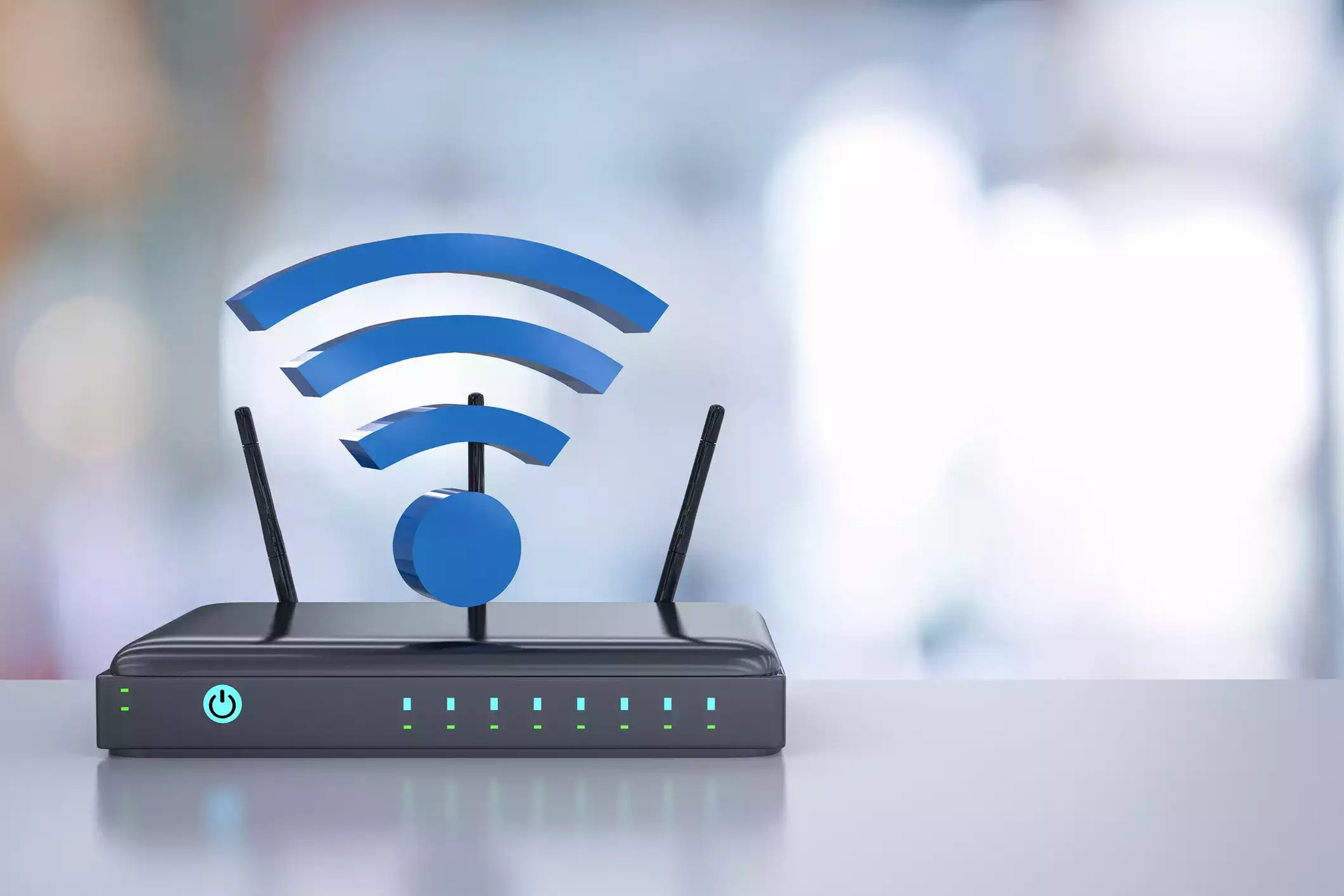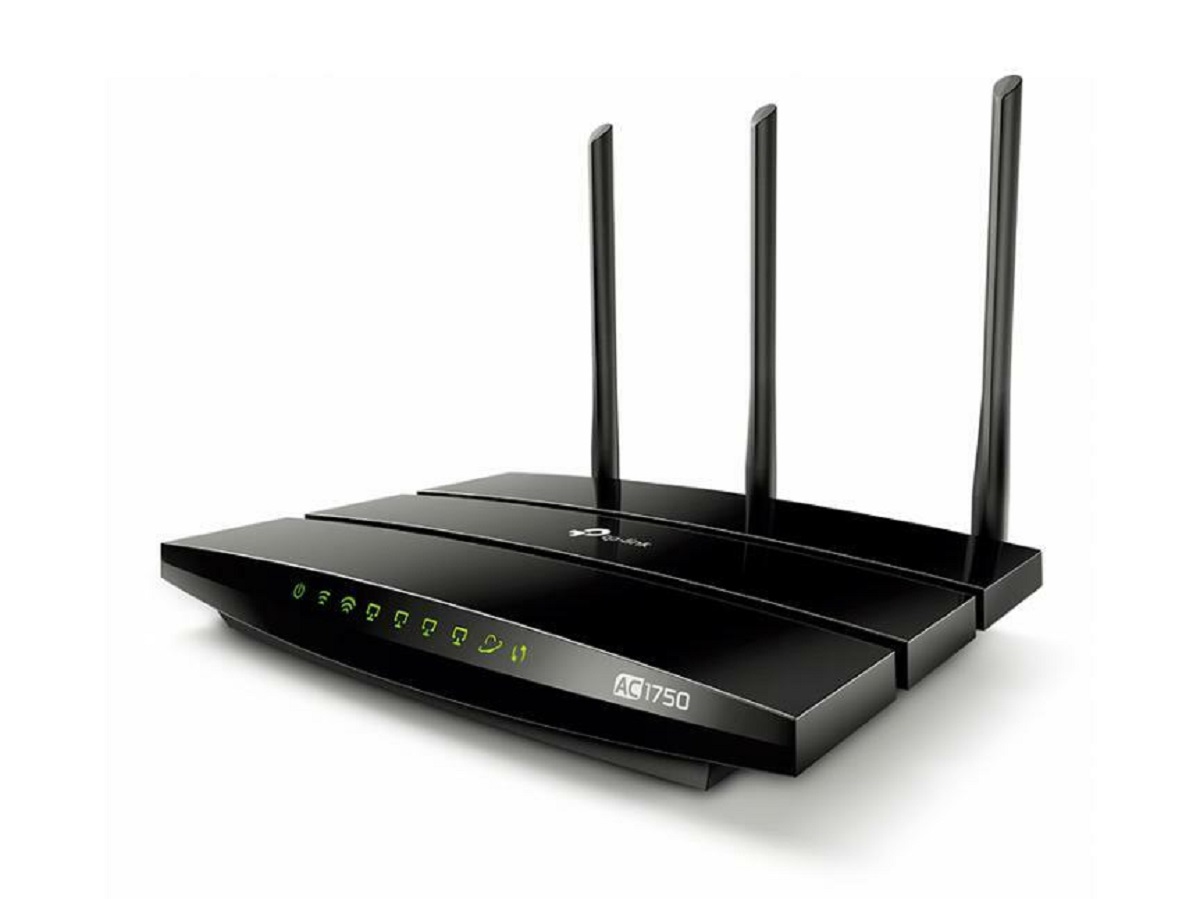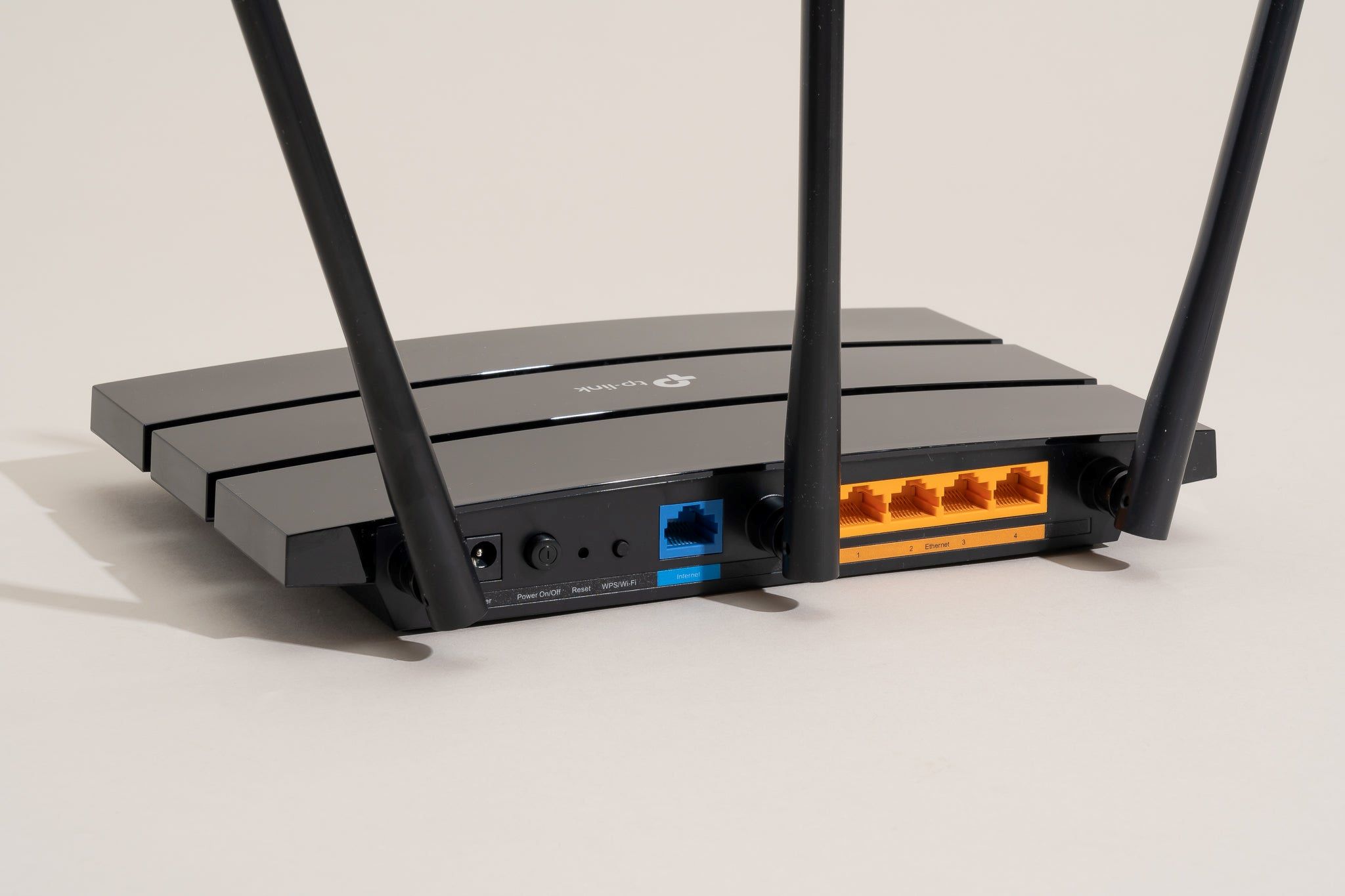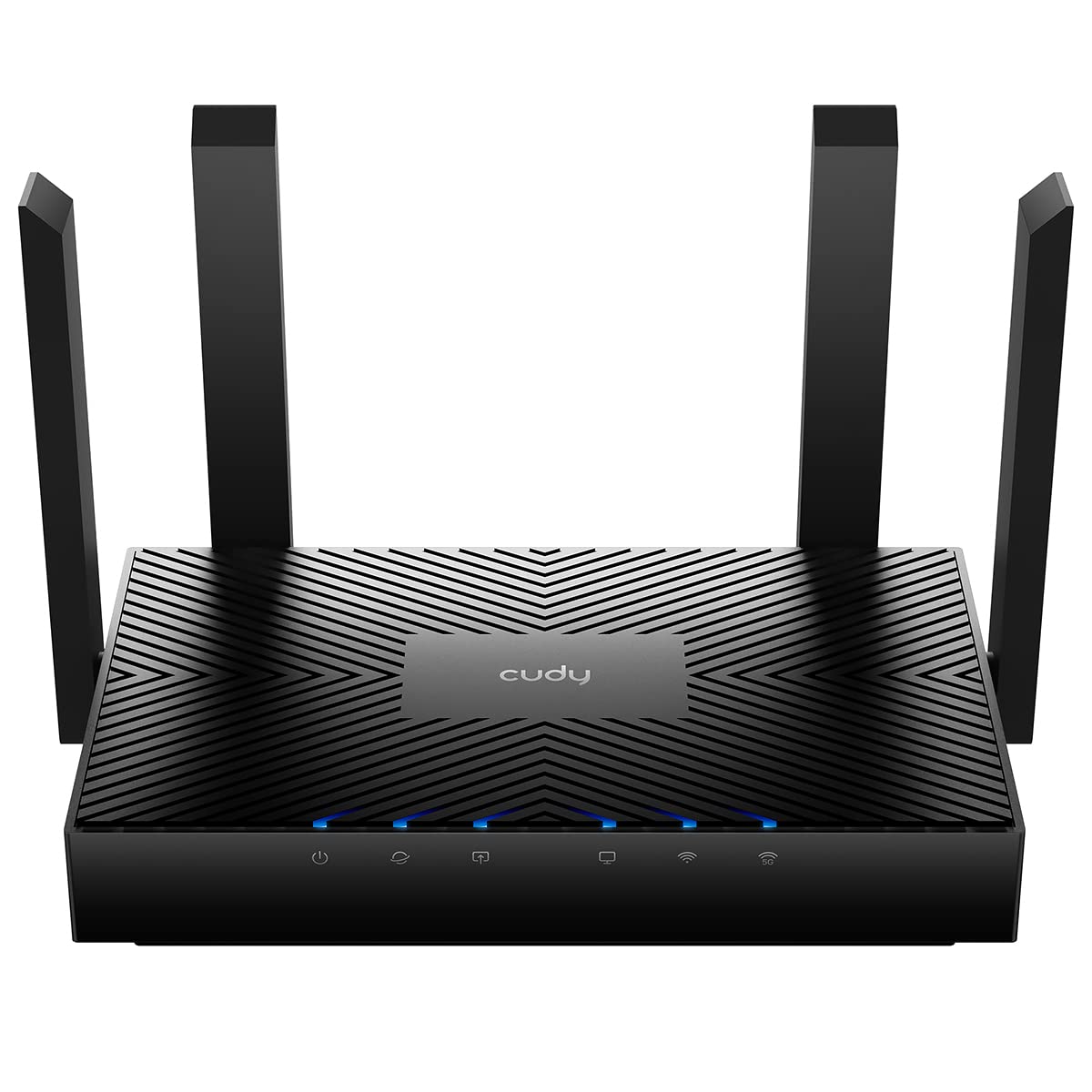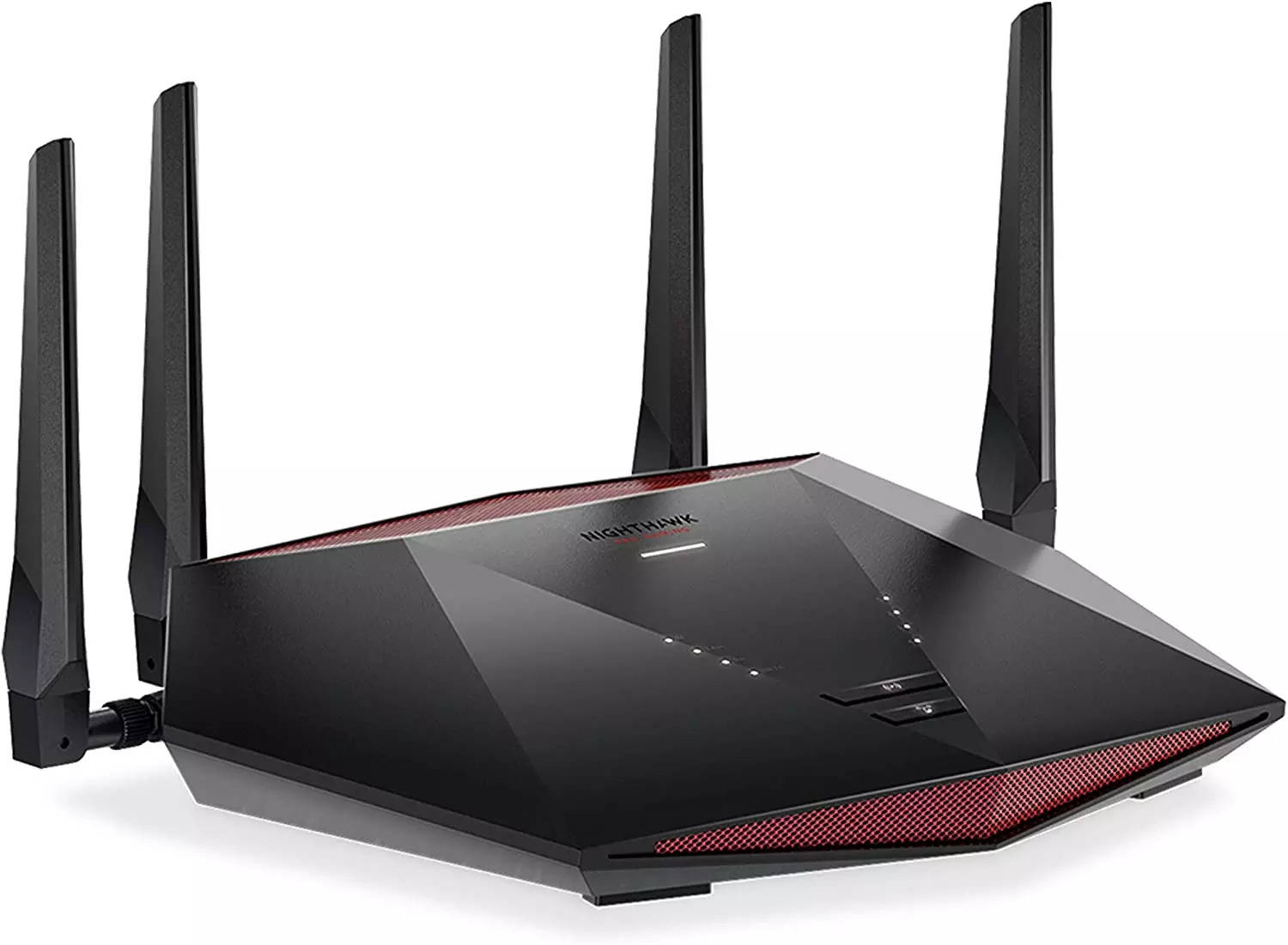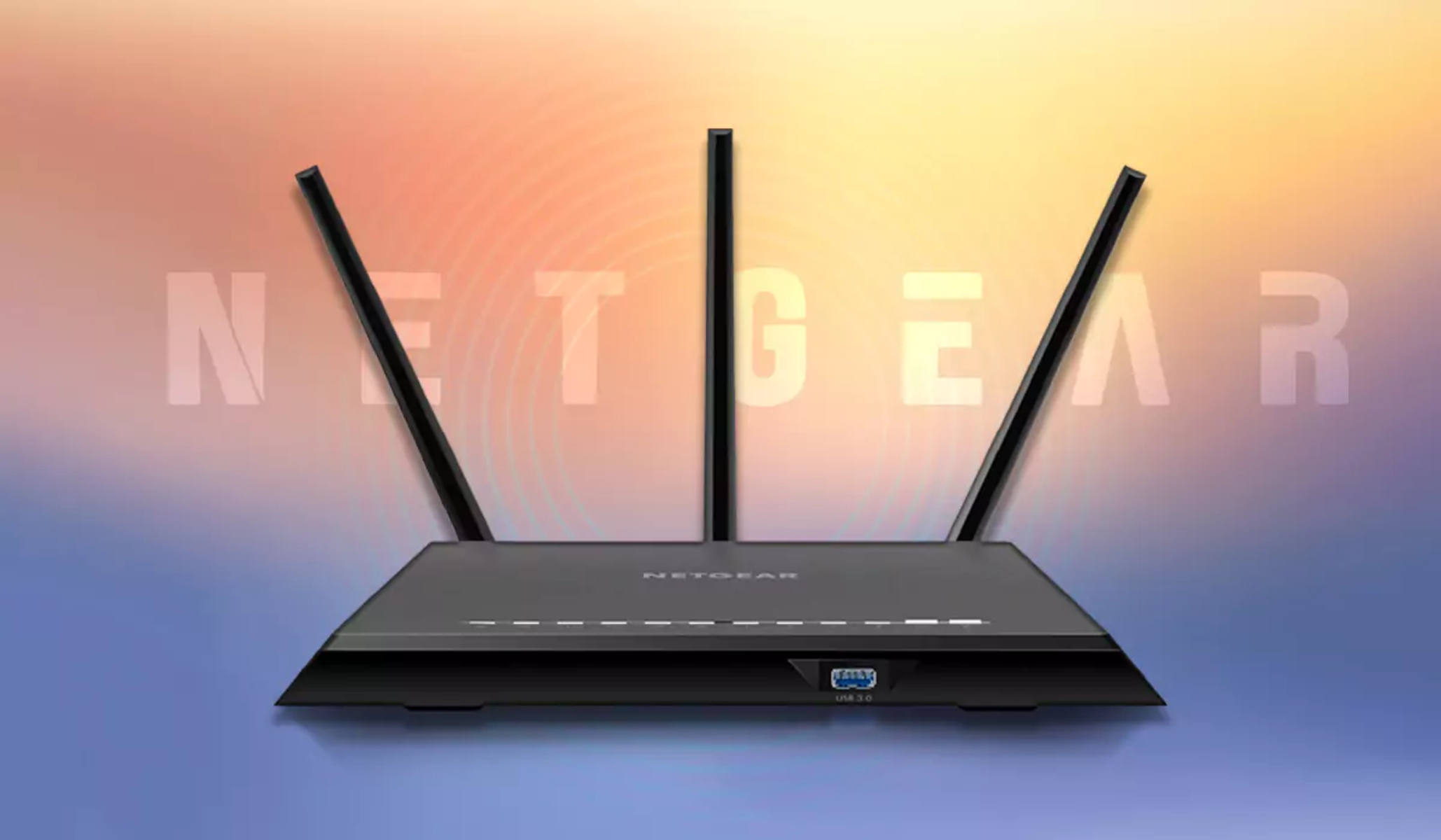Introduction
Having a reliable and fast internet connection is essential in today’s digitally connected world. And at the heart of that connection is your wireless router. This device is responsible for transmitting your internet signal to all your devices, allowing you to browse the web, stream videos, and connect with others seamlessly.
However, just like any other technology, wireless routers have a lifespan. Over time, they may start to exhibit issues such as slow or inconsistent internet speeds, drops in connectivity, or security vulnerabilities. These issues can significantly impact your online experience, making it frustrating and inconvenient.
In this article, we will explore the signs indicating that it may be time to replace your wireless router. We’ll discuss how outdated technology, compatibility issues, and a need for increased Wi-Fi coverage can affect your internet connection. Additionally, we’ll address security concerns, physical damage, and hardware failures that may necessitate a new router. Lastly, we’ll touch on the exciting new features and technology advancements in modern routers that make upgrading a worthwhile investment.
By the end of this article, you will have a better understanding of when to replace your wireless router and the benefits that come with it.
Signs of a Slow or Inconsistent Internet Connection
Your internet connection is crucial in today’s world, and when it starts to slow down or become inconsistent, it can be incredibly frustrating. These issues can arise from various factors, including an outdated or overburdened wireless router.
One of the most apparent signs of a slow or inconsistent internet connection is sluggish browsing speeds. If it takes a long time to load web pages or if videos constantly buffer, it could be a strong indication that your wireless router is struggling to provide a stable connection. This can be particularly noticeable during peak usage times, such as when multiple devices are connected to the network simultaneously.
Another telltale sign is frequent drops in the connection. If you find yourself constantly getting disconnected from the internet or experiencing intermittent connectivity, it could be a sign that your wireless router is unable to maintain a stable signal. This can be highly disruptive, especially when you’re in the middle of an important online task or video call.
Slow download and upload speeds are also indicative of a struggling wireless router. If it takes an excessive amount of time to download files or if uploading documents or media is painfully slow, it may be time to consider replacing your router. This is particularly important if your internet service plan offers higher speeds that your current router cannot support.
Additionally, if you notice significant delays in online gaming or experience lag while streaming high-definition content, it can be a sign that your router is not capable of handling the demanding network traffic. Newer routers are designed to handle these bandwidth-intensive activities, so upgrading can greatly enhance your online gaming and streaming experience.
Remember, a slow or inconsistent internet connection can be caused by other factors as well, such as issues with your internet service provider or outdated network equipment. However, if you have ruled out these possibilities and are still experiencing persistent performance issues, it may be time to replace your wireless router.
Outdated Technology and Compatibility Issues
Technological advancements are happening at a rapid pace, and wireless routers are no exception. As new standards and protocols are developed, older routers may struggle to keep up with the latest advancements. Outdated technology can severely impact your internet connection and overall network performance.
One common issue with outdated routers is their compatibility with newer devices. As smartphones, tablets, and laptops evolve, they often incorporate new Wi-Fi standards to take advantage of faster speeds and improved security. If your wireless router doesn’t support these newer standards, you may not be able to utilize the full capabilities of your devices.
For example, if your router only supports the older 802.11n standard and you have recently purchased a device that supports the faster 802.11ac standard, you will not be able to achieve the maximum speeds and benefits that the new device is capable of. Upgrading to a newer router that supports the latest Wi-Fi standards can ensure seamless compatibility and optimized performance across all your devices.
In addition to device compatibility, outdated routers may also lack the necessary security features to protect your network from cyber threats. Cybercriminals are becoming increasingly sophisticated, and older routers may not have the latest encryption protocols and security patches to safeguard your sensitive information. This leaves your network vulnerable to attacks and unauthorized access.
Furthermore, as your household adds more devices to the network, an outdated router may struggle to handle the increased demand. Older routers may have limited processing power and memory, making it difficult for them to efficiently manage multiple devices simultaneously. This can result in slower speeds, dropped connections, and overall network congestion.
By upgrading to a newer router with modern technology and improved compatibility, you can ensure that all your devices are able to connect seamlessly and fully utilize the capabilities of your internet service. Moreover, you can take advantage of enhanced security features to protect your network from potential threats and enjoy faster speeds and improved performance.
The Need for Increased Wi-Fi Coverage
Having reliable Wi-Fi coverage throughout your home or office is essential in today’s connected world. Your wireless router’s ability to provide strong and consistent signal strength in every corner of your space is crucial for seamless internet connectivity and optimal device performance.
One of the signs that it may be time to replace your wireless router is when you start experiencing dead spots or areas with weak signal strength. These are areas where the Wi-Fi signal is unable to reach or where it becomes significantly weaker, resulting in slow internet speeds or dropped connections. Dead spots can be particularly frustrating, especially if they occur in areas where you frequently use your devices, such as your living room or bedroom.
Outdated routers often have limited range, unable to penetrate through walls, floors, or obstacles effectively. As a result, you may find yourself constantly moving closer to the router or rearranging furniture to improve signal reception. This inconvenience can be alleviated by upgrading to a router with improved range and coverage capabilities.
Moreover, with the increasing number of internet-connected devices in households, the demand for Wi-Fi coverage has significantly grown. Your wireless router needs to be able to handle multiple devices simultaneously without compromising on performance or signal strength. This is especially important in busy households or small offices where multiple users are accessing the internet, streaming content, or engaging in online activities simultaneously.
Technological advancements in newer routers have addressed this issue by incorporating features like multiple antennas, beamforming, and mesh networking. These technologies enhance signal coverage and distribution, ensuring better connectivity and performance throughout your space.
Upgrading to a router with increased Wi-Fi coverage can also benefit those with larger homes or spaces where a single router is not sufficient. In such cases, you may experience significant signal degradation in areas further away from the router. By adding additional access points or utilizing mesh networking systems, you can extend the Wi-Fi coverage to every corner of your space, providing a seamless internet experience no matter where you are.
In summary, if you find yourself constantly struggling with weak Wi-Fi signal or experiencing dead spots in your home or office, it may be time to upgrade to a wireless router that offers increased coverage and range. By doing so, you can enjoy stronger signal strength, faster internet speeds, and seamless connectivity across all your devices, providing a better online experience for everyone in your space.
Security Concerns and Vulnerabilities
In today’s digital landscape, ensuring the security of your internet connection and protecting your sensitive information is of utmost importance. Outdated wireless routers can pose significant security risks, making it crucial to consider replacing them to maintain a secure online environment.
One of the main security concerns with older routers is the lack of regular firmware updates. Firmware acts as the operating system for your router, providing essential functionalities and security patches. As new vulnerabilities are discovered, router manufacturers release firmware updates to fix these issues and enhance security. However, older routers may not receive regular updates, leaving them vulnerable to potential exploits.
Cybercriminals often target routers to gain unauthorized access to networks, intercept communications, or deploy malicious activities. Vulnerable routers can be exploited through various methods, such as exploiting default or weak passwords, outdated encryption protocols, or unpatched security flaws. Upgrading to a newer router ensures that you have access to the latest security updates and features, significantly reducing the risk of such attacks.
Another security concern is the encryption protocol used by your router to secure the Wi-Fi network. Older routers may still be using outdated encryption protocols, such as WEP (Wired Equivalent Privacy), which are easily compromised. Newer routers support stronger protocols like WPA2 (Wi-Fi Protected Access II) or WPA3, which provide improved encryption and security. Upgrading to a router with modern encryption protocols ensures that your Wi-Fi network remains protected from unauthorized access.
Additionally, newer routers often come equipped with advanced security features, such as built-in firewalls, intrusion detection, and guest network isolation. These features enhance the overall security of your network, safeguarding your devices and data from potential threats. By replacing your outdated router with a newer model, you can take advantage of these enhanced security features to protect your digital assets.
Furthermore, as the number of internet-connected devices continues to grow, it becomes crucial to have a router capable of handling the ever-increasing demand for network security. Newer routers often offer improved processing power and memory, allowing for more efficient security functionalities without compromising on performance.
By upgrading to a modern wireless router and keeping your firmware up to date, you can significantly enhance your network’s security and protect your personal information from potential attacks. It’s essential to prioritize security when considering a router replacement to ensure a safe and secure online experience for you, your family, or your business.
Physical Damage or Hardware Failure
Wireless routers, like any electronic device, are susceptible to physical damage and hardware failure over time. These issues can significantly impact the performance and reliability of your internet connection, making it necessary to consider replacing your router.
Physical damage can occur due to various reasons, such as accidental drops, spills, or exposure to extreme temperatures. A cracked or damaged router can lead to poor signal strength, intermittent connectivity, or even complete failure. If your router has noticeable physical damage, it’s a clear indication that it’s time to replace it.
Moreover, electronic components inside the router can also deteriorate over time, leading to hardware failure. This can result in various issues, including frequent disconnects, slow speeds, or an inability to establish a stable connection. Signs of hardware failure may also include unusual noises coming from the router or the inability to power on the device.
In some cases, outdated router models may no longer be supported by manufacturers. This means that if your router malfunctions, you may not be able to find replacement parts or receive technical support. Consequently, it’s more cost-effective and practical to invest in a new, up-to-date wireless router instead of trying to repair an old and unsupported device.
Additionally, as technology evolves, so do the requirements for optimal internet performance. Newer internet plans often offer higher speeds, which may exceed the capabilities of older routers. In such cases, you may not be able to fully utilize the speed and benefits of your internet subscription with an outdated router.
By replacing your old and potentially damaged router, you ensure that you have a reliable and functioning device that can keep up with the demands of modern internet usage. A new router will not only provide better performance but also offer features and technologies that enhance your online experience.
Remember, physical damage and hardware failure are normal occurrences in the lifespan of any electronic device. If you experience any of the aforementioned issues or suspect that your router may be damaged, it’s a good idea to explore the option of replacing it to maintain a stable and reliable internet connection.
New Features and Technology Advancements
The world of wireless routers has seen significant advancements in recent years, offering a range of new features and technologies that can greatly enhance your internet experience. Upgrading to a newer model means not only addressing existing issues but also taking advantage of these exciting advancements.
One prominent feature in modern routers is improved speed and performance. Newer models can support faster Wi-Fi standards, such as 802.11ac or 802.11ax (Wi-Fi 6), which offer significantly higher data transfer rates compared to older standards. This means you can enjoy smoother and faster online activities, including streaming high-definition videos, online gaming, and large file downloads.
Another valuable feature is advanced network management capabilities. New routers often come equipped with quality of service (QoS) settings, allowing you to prioritize certain devices or applications for a smooth and uninterrupted online experience. This feature is particularly beneficial for households or offices with multiple users and devices competing for bandwidth.
Mesh networking is another technology that has transformed the way we set up Wi-Fi networks. Mesh systems consist of multiple access points placed throughout your space, creating a seamless Wi-Fi experience without dead spots or signal degradation. These systems automatically connect devices to the strongest access point, ensuring optimal performance, coverage, and reliability in every corner of your home or office.
Moreover, modern routers offer enhanced security features to protect against cyber threats. Features such as WPA3 encryption, advanced firewalls, and built-in security software can safeguard your network from unauthorized access, malware, and other online threats. These security enhancements provide peace of mind, especially in an era where cyber attacks are becoming increasingly sophisticated.
Another advancement in wireless routers is the integration of smart home technology. Many newer routers come with built-in smart home hubs, allowing you to connect and control compatible smart devices directly from the router, eliminating the need for additional hubs or bridges. This integration simplifies your smart home setup and enhances the overall connectivity and management of your connected devices.
Additionally, new router models often come with improved user interfaces and easy-to-use mobile apps for managing your network settings. These intuitive interfaces make it simpler to monitor and troubleshoot your network, set parental controls, manage guest networks, and perform firmware updates, all from the convenience of your smartphone or tablet.
By upgrading to a newer wireless router, you can take advantage of all these exciting features and technology advancements. Not only will you address any existing issues with your current router, but you will also benefit from improved performance, enhanced security, and better control over your network settings. Investing in a modern and feature-rich router ensures that you stay ahead in the rapidly evolving world of technology.
Conclusion
In conclusion, identifying when to replace your wireless router is essential in order to maintain a reliable and efficient internet connection. Signs of a slow or inconsistent internet connection, outdated technology, compatibility issues, the need for increased Wi-Fi coverage, security concerns, physical damage, and hardware failure are all indicators that it may be time to upgrade your router.
A slow or inconsistent internet connection can greatly impact your online experience. If you’re experiencing sluggish browsing speeds, frequent drops in connectivity, or slow download and upload speeds, these are clear signs that your current router may be struggling to provide a stable connection.
Outdated technology and compatibility issues can also hinder your internet connection. If your router is unable to support newer Wi-Fi standards, you may not be able to fully utilize the capabilities of your devices. Additionally, older routers may lack the necessary security features to protect your network from cyber threats.
The need for increased Wi-Fi coverage is another factor to consider. If you’re experiencing dead spots or areas with weak signal strength, upgrading to a router with better coverage capabilities can ensure a strong and consistent connection throughout your space.
Physical damage or hardware failure can significantly impact your router’s performance. If your router is visibly damaged or experiencing frequent connectivity issues, it’s a strong indication that it may be time for a replacement.
Lastly, new features and technology advancements in modern routers offer exciting benefits. Faster speeds, advanced network management capabilities, mesh networking, enhanced security features, and smart home integration are just some of the advantages you can enjoy by upgrading to a newer model.
Ultimately, replacing your wireless router not only addresses existing issues but also allows you to take advantage of the latest technology, enhance your online experience, and ensure the security and reliability of your internet connection. When considering an upgrade, assess your specific needs, such as internet usage, device connectivity, and security requirements, to choose a router that best suits your requirements.
Investing in a new wireless router is an investment in the quality of your internet connection and the overall efficiency of your digital lifestyle. Stay connected, secure, and up to date by knowing when it’s time to replace your old router with a newer, more capable model.







